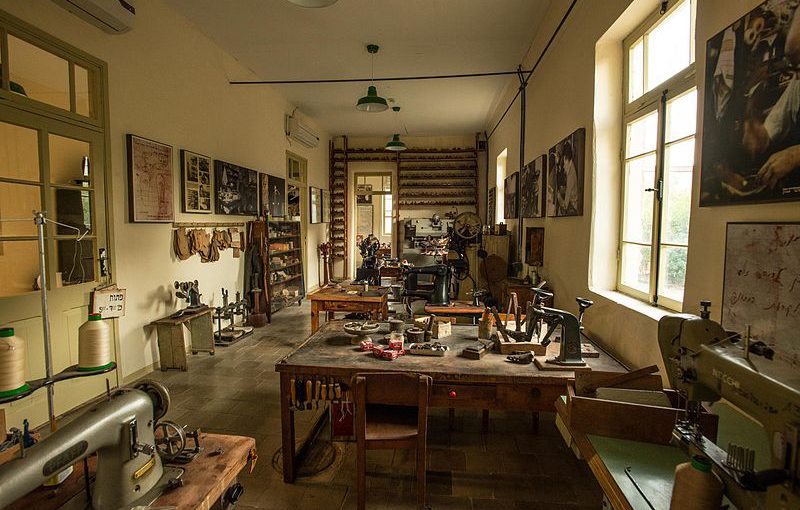During most of the history of shoe making, the art of making shoes was considered a handicraft. It was reserved for highly skilled craftsman making one shoe at a time. This was a very time consuming process with everything being done by hand. The traditional shoe makers could use over 15 different techniques for making their shoes. Each technique would result in a different style and would have been made almost exclusively out of leather, just as it had been done for thousands of years.
There was also a widespread production of wooden shoes in medieval Europe. These shoes were made out of a single piece of wood that was roughly cut into a shoe form. The clog came after this first type of wooden shoe and was a variant of the design which originally had wooden soles and a leather upper attached.
By the 1600s, shoes were beginning to look like something you would find in a shop today. They were still made by a single craftsman and would cost you a pretty penny. The reason for this was because each of your feet would be measured and then the leather cut to size and stitched by hand. Basically, you would get your shoes tailor made just like you would your suits.
Fast forward a few years and the shoe making industry began to change a lot. In the 18thcentury the shoe making industry was a cottage industry but in the 19thcentury, this all changed. Up until then, craftsman were still making shoes and struggling to keep up with the ever growing demand because of the Napoleonic Wars. An engineer by the name of Marc Brunel developed the first machinery that was used to mass produce all of the boots for the soldiers of the British Army.
Since then, the technology and the techniques have become far more advanced and thanks to the development of new materials and machines, the shoe making industry has come on in leaps and bounds. Companies such as Starlink have been able to design and build innovative shoe making machinery to allow companies to mass produce shoes of any kind like never before.
This new technology still calls upon the techniques of the craftsmen of old and much of the old techniques are performed by our machines today. However, the advancements of our machines means that these techniques are far easier to replicate time and time again meaningless waste and more productivity.
In an industry where the style changes so quickly, it is imperative that your shoe making machines can change and adapt as quickly as the market and the fashion. Our machines allow you to take your shoe making factory to the next level and be ready for anything. Our machines are crafted by craftsmen to be user friendly and easy to learn so you can start making shoes right away.
To learn more about the shoe making industry and our machines, please explore our website (jm-globalservices.com) further. If you found this look back at the past of shoe making interesting then please feel free to share it with your friends.

